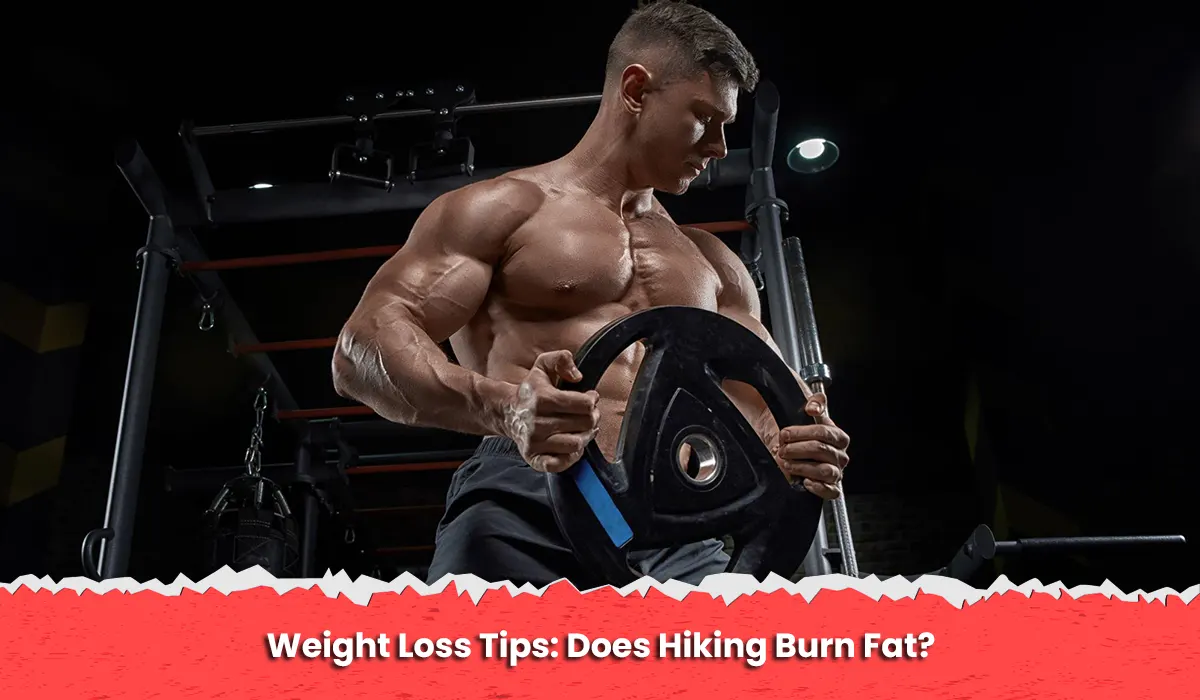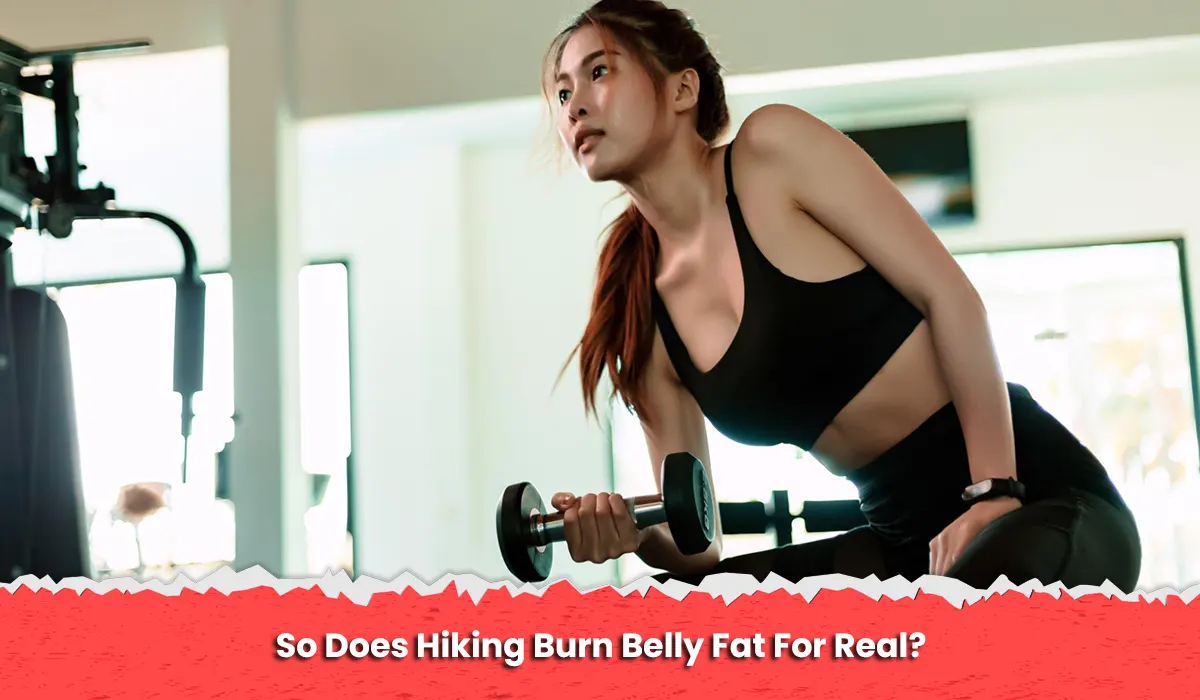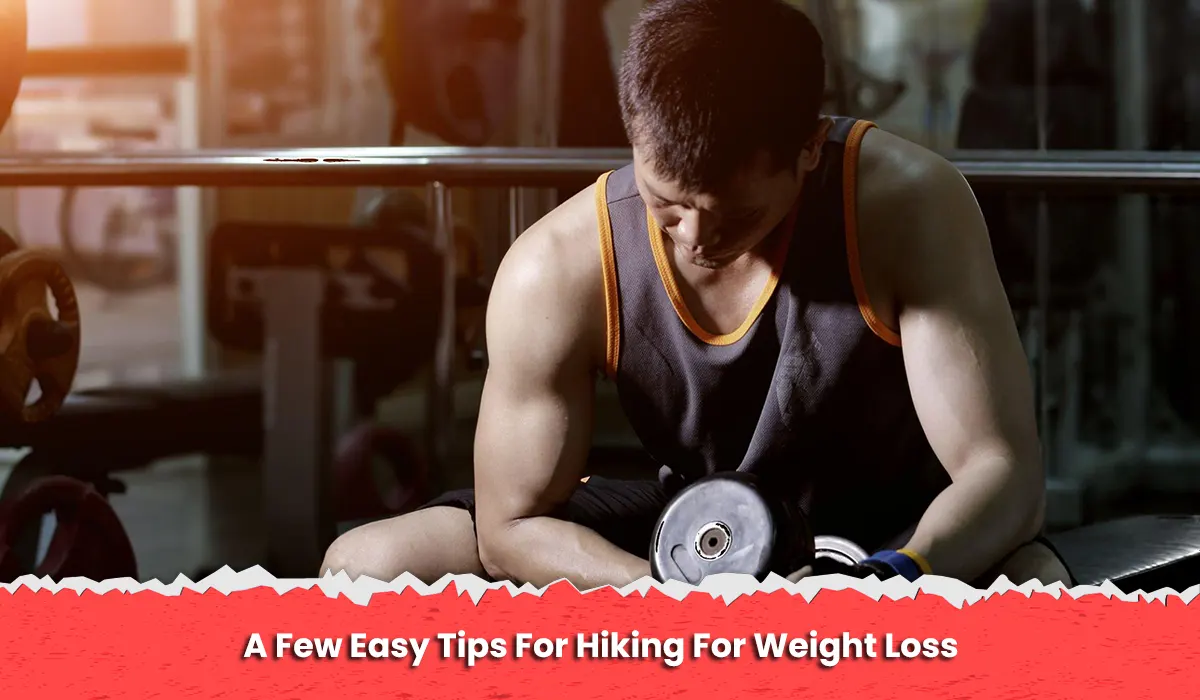
Whether you want to lose weight or become more active, you may be wondering, “Does Hiking trenbolone before and after Burn belly fat?” “You’ll be relieved to know that hiking does, in fact, burn tummy fat.”
This post is for you if you want to learn some delicious secrets and comprehend the process.
Let’s get started.
The Basics: How To Burn Belly Fat
You must shed fat generally in order to lessen the volume of your midsection. There is no single method for reducing abdominal fat. However, abdominal fat might be classified as visceral or subcutaneous.
The type of fat that we can see is subcutaneous fat. While this is the fat we despise the most, it poses a larger risk to your health.
Visceral fat accumulates on and around your internal organs. The prevalence of abdominal fat is linked to a higher risk of death.
Even in female patients with a normal BMI, the presence of belly fat raised the chance of dying from cardiovascular disease.
Simply operating requires calories, yet humans consume far more than they burn. To rectify this, you must watch what you eat and be physically active enough to burn off more calories than you intake.
Recently, there has been much discussion about whether cardio exercise or weight training is loss 30 pounds fast superior for weight loss. Cardio exercises, in general, burn calories by raising your heart rate.
Exercising your muscles when your heart rate is elevated increases the number of calories expended. Hiking is an excellent way to integrate these two elements.
This brings us to the following part.
So Does Hiking Burn Belly Fat For Real?

Hiking burns abdominal fat since it is a sort of cardio. It also helps to build muscle. Hiking is not only a great method to burn calories and lose weight, but it can also help to build your body.
The number of calories burned when hiking is determined by various factors, including the hiker’s weight, the terrain, and the intensity of the journey.
Walking for half an hour burns about 150 calories on average. This value rises oral anabolic steroids when trekking up an elevation. The energy required to transport yourself up the hill is substantially greater than that required to walk over a flat plane.
The general terrain of a trek might have an impact on how many calories you burn while hiking. Trails with variable topography and rocky patches will put more strain on your muscles than a straightforward hike with no hills or difficulties. This includes high-altitude hiking where oxygen is also required.
Hiking burns more calories for new hikers than for expert hikers. The distinction is seen in the body’s ability to adapt to physical exercise over time. This is commonly associated with being “in shape.”
Someone who is physically fit and active on a regular basis will not have to use as much energy to complete activities as someone who is inactive.
Hikers with a larger frame will burn more calories than their slimmer counterparts. On an average hike, a female weighing 120 pounds will burn 336 calories per hour.
A female hiker weighing 220 pounds, on the other hand, is projected to burn 612 pounds per hour when hiking.
The more muscular mass you have, the harder your muscles will have to work to propel you through your hike and overcome gravity as you ascent hills.
To be sure, the process will be more successful if you trek rather than walk. There is a significant distinction between hiking and walking.
If you’re up for a lengthy hike, you’ll need to bring supplies to be hydrated, nourished, and prepared for emergency scenarios.
Light hiking backpack can help you burn an additional 50 to 100 calories per hour. Larger backpacks can boost this number by about 200 calories per hour. Excursions that are strenuous will burn more calories than mild hikes.
You can make your hike more difficult by adding weight to your pack, stepping up the pace, or increasing the distance and incline. Hiking’s cardio-vascular benefits will improve as a result, and you will shed more belly fat.
Hiking alone will not effectively burn abdominal fat if you eat a lot of junk. You must include a proper nutrition plan in your program.
Reduce your intake of junk food and increase your intake of protein, complex carbohydrates, and vegetables. You will benefit from substituting water for beer and coke.
Hiking Versus Other Activities For Losing Fat
Hiking may not be your first pick when it comes to cardio. The major advantage of hiking over other forms of cardio is that it takes place outside.
You get to enjoy the fresh air when you take your training outside. Increased oxygen flow can aid in the digestion of food.
It also boosts our energy and sharpens our focus. A good dose of fresh air can also help to reduce your blood pressure.
Outside, you’ll also get a good dose of Vitamin D, which is important for regulating the levels of calcium and phosphate in your body.
These are the nutrients that maintain your bones healthy and strong. Bones lose density when these minerals are depleted. Low density bones are prone to breaking.
The landscape is what draws people to trekking and keeps them coming back. You can discover views you’ve never seen in a town you’ve lived in for years as you explore the world around you.
You may learn about flora and wildlife while also enjoying the great outdoors.
Hiking’s emphasis on safety results in fewer injuries when compared to other sports. Running may be very taxing on the joints. For most runners, shin splints are a common and painful condition.
The main principle of weight training is to train one or two muscle groups really hard one day, relax, and then work another muscle group extensively the next day.
This regimen can result in inconsistent muscle tone as well as an increased risk of injury and overexertion.
Weight training also does not raise an athlete’s heart rate as much as cardio. The increased heart rate is the primary cause of calorie burn.
Muscle consumes more calories than fat. This is due to the fact that muscles are sinewy, dynamic tissue, whereas fat is gelatinous and inert.
As you hike and build the muscles needed for good hiking, your body will burn more calories at rest than it would if you were overweight.
A Few Easy Tips For Hiking For Weight Loss

Consult with experienced hikers to get started. They can advise you on which trails in your area are good for beginners and what you may want on your adventure. Asking around or consulting internet forums can help you identify expert hikers.
Begin small and gradually. When it comes to losing weight, any level of activity is preferable than none.
Hiking above your degree of experience may result in bodily harm. Injuring or overexerting oneself early on may turn you off hiking and postpone your weight reduction while you rest and mend.
You can increase your trekking experience once you’ve gotten your feet wet. You can add weight to your rucksack or strap ankle weights to your feet.
The extra weight will force you to work harder to complete the same hike as if you did not have any extra weight.
Increase your pace as you grow more familiar with the trail. Start at 2 miles per hour and gradually raise your speed to 2.5 miles per hour the following time you travel down the trail.
Increase your speed gradually. This will also shorten your hike, giving you more time to stop and enjoy the scenery. There are only so many hours of daylight in a day, so you should make the most of it.
Increase the length of your hike as you get into a comfortable pace. The more territory you traverse, the more calories you’ll burn while climbing the hills.
You are welcome to bring a friend on your hike. Hiking in a group might provide problems, but it also raises your chances of having a good time.
Talking while hiking will keep your heart rate up even if you slow down. Hiking with a friend or in a group is also considerably safer for you and everyone else.
While trekking, remember to stay hydrated. Even if you visit nature during the cooler months, you will sweat as you move around.
You’ll need to restore the water and electrolytes you lose through your sweat glands. Failure to do so may result in dehydration. Dehydration is a severe health risk for hikers.
If you’re trying to lose weight, you’re undoubtedly counting calories. It is critical to control what you eat, but it is equally critical to ensure that you are eating enough.
You should not go trekking when fasting. This could cause you to become ill, pass out, or injure yourself. A few hours before your hike, eat a solid, balanced dinner. Bring snacks with you when embarking on long hikes.
You may make your own protein pack by combining dried meat, almonds, and cheese. Granola is also an excellent trekking snack.
Granola is high in simple sugars and stores well in a hiking pack. For more inspiration, check out these delectable trekking dinners.
Once you’ve completed a few trail passes, enter your estimated pace and distance into a hiking calorie burn calculator. Many free hiking applications might help you with this.
They can assist you in calculating how many calories you’ll burn on your journey and adjusting your calories accordingly.
Conclusion
Hiking burns belly fat, as you now know. It’s a fantastic outdoor activity for anyone looking to lose weight while taking in some scenery and fresh air.
Hike as much as possible to get the most out of your workout. That way, you’ll shed those pesky extra kilos faster! Last but not least, if you’re hiking in the winter, bring your hiking shovel. You’ll burn a lot of calories.

